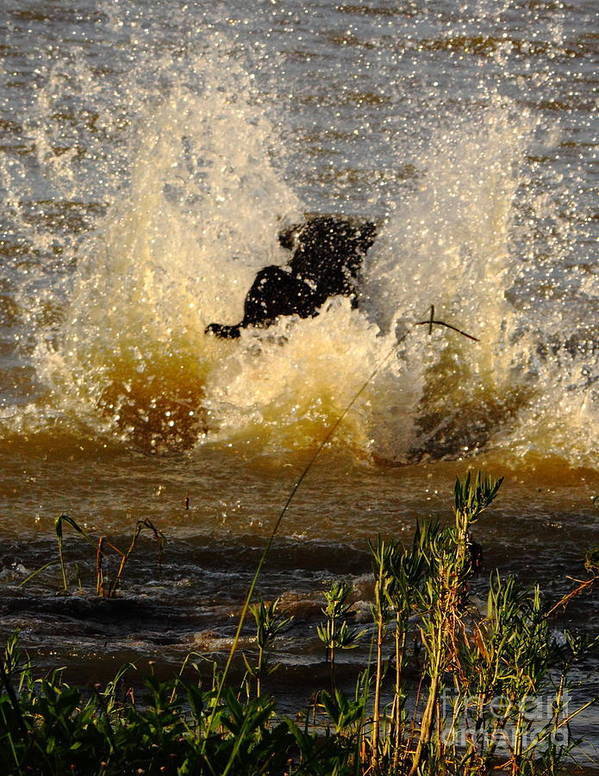
Field trials in the United States, some say, began as a way to identify dogs that were better gun dogs than others in order to improve retriever breeds. Jim Cowie thought differently. He believed the trials got started because gamekeepers were homesick, and he spoke from experience. An imported Scottish gamekeeper, Cowie was hired by Tom Briggs to be a trainer for the American diplomat, the Hon. W. Averell Harriman.
At one time, the fortunes of retriever breeds in America (and Labrador Retrievers in particular) were tied to the fortunes of wealthy estate owners living on the East coast. These land holders had gotten used to shooting in Scotland while on holiday, and in the late 1920s and early 1930s, many of them took to importing Labs from the British Isles to hunt on their own properties. The dogs were imported strictly to hunt, as it happened, many Scottish gamekeepers and kennel men accompanied the dogs to America as their trainers.
For the trainers’ part, field trials had been a major part of a keeper’s life back home. In the off season, it was their sport, and it had been an integral part of their social lives, as well. Keepers and kennel men were a tight knit group who got together to help each other in training their dogs. This part of their culture crossed the ocean with them, and it was reasonable to them that they would want to introduce trials in their new home. Richard A. Wolters explained the rest in his book, Duck Dogs, when he quoted Jim Cowie as remembering that the dog owners weren’t entirely pleased with the idea of field trials and went along only to humor the keepers. If it was going to be done, however, their employers said it had to be done properly, and that meant running the trial through the AKC. Interestingly, to do this, the Labrador Retriever Club had to be formed, and when all was said and done, the first trial was held in 1931 as planned, in part, by the AKC’s dog show organizer, George Foley.
The trial was set up the same way it had been set up in Scotland. There were no specific tests, and the work facing the dogs was “organic” in that shooting situations evolved naturally.
In an article about the trial that appeared in Popular Dogs at the time, it was reported that a large house party including a banquet followed the trials, a harkening of the good old days when elegance imbued shooting sports.
All was not sweetness and light, however. That first field trial set the stage for the Chesapeake Bay Retriever Club to hold its first field test, but the tests were all water work, and Labs of the day were strictly field dogs. The end result was that they fared poorly in the results. Their pride stung more than a little, Lab owners retreated home with their dogs to spend the next year retraining them to do more water work. Naturally good swimmers, the Labs were quick studies and beat the Chessies at their own event the following year. Revenge, one assumes, was probably sweet.
“Lab At Work” by Robert Frederick is available as a print here as well as in lifestyle and home decor items.
